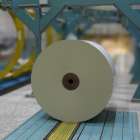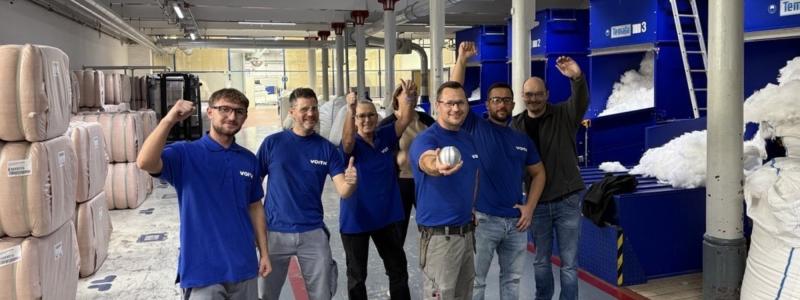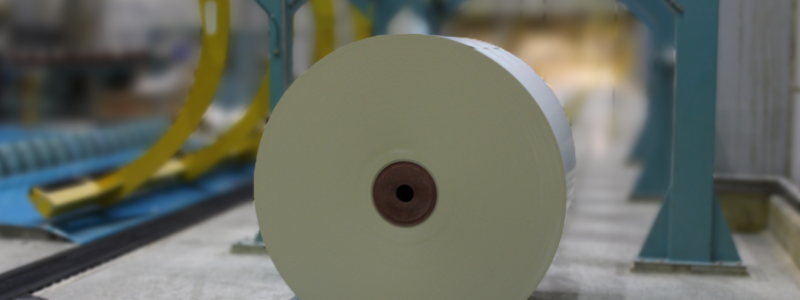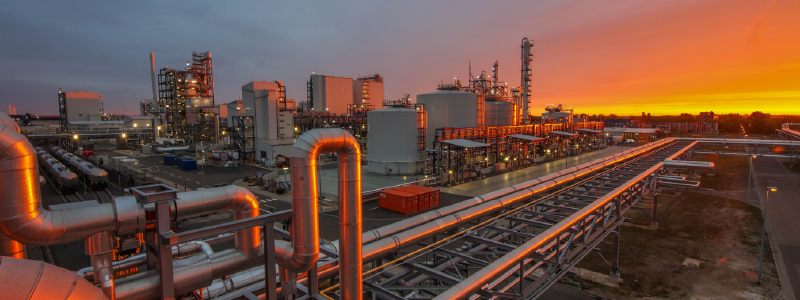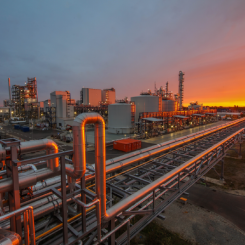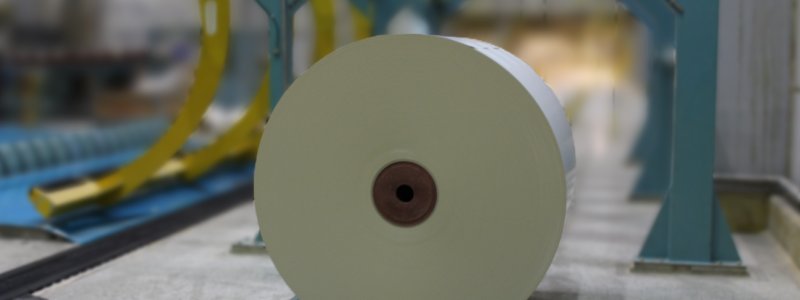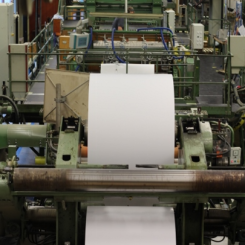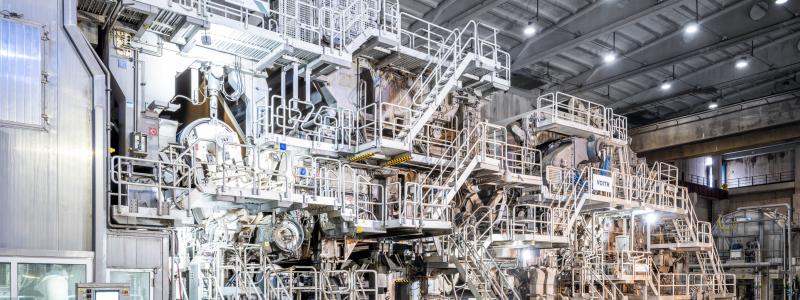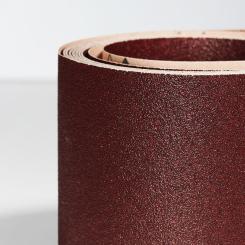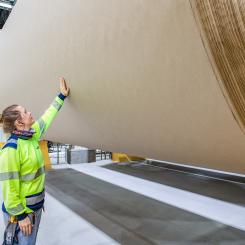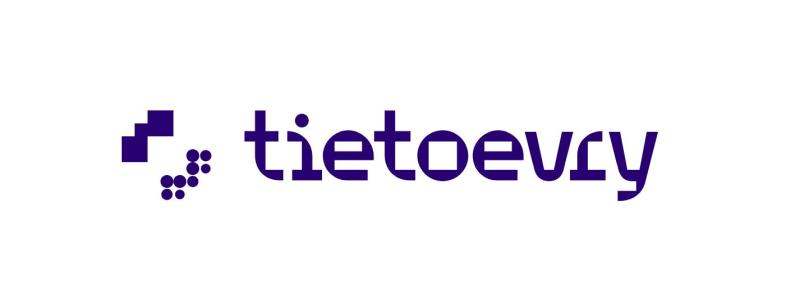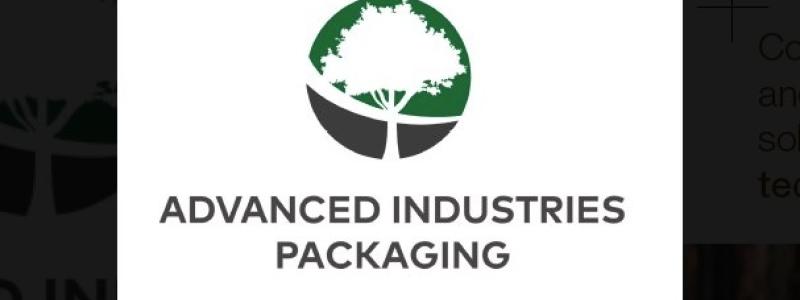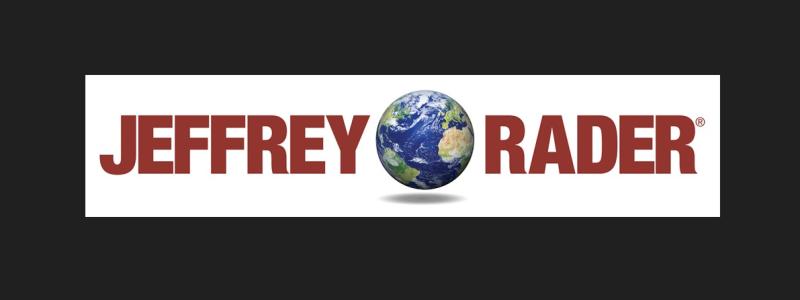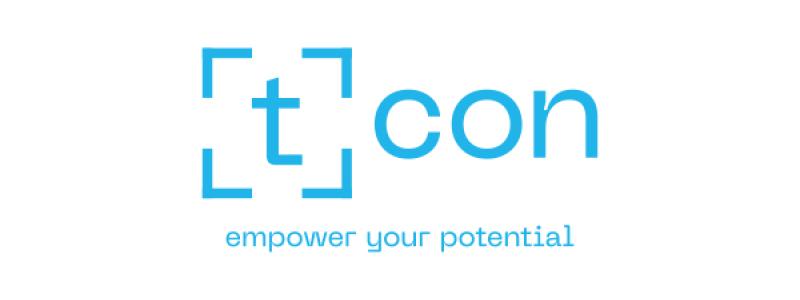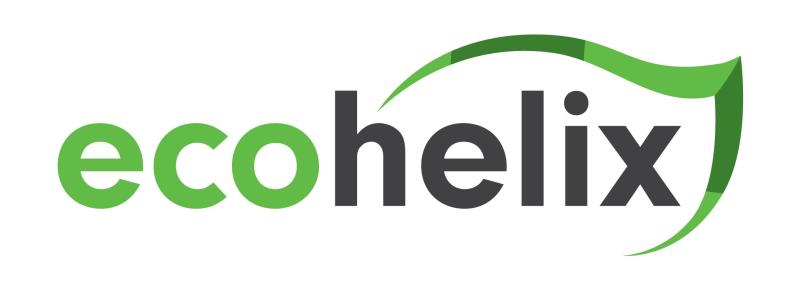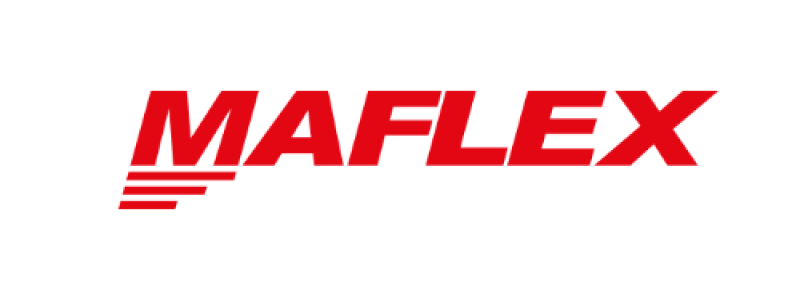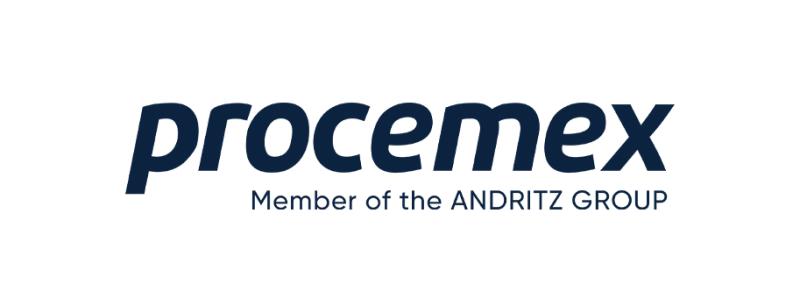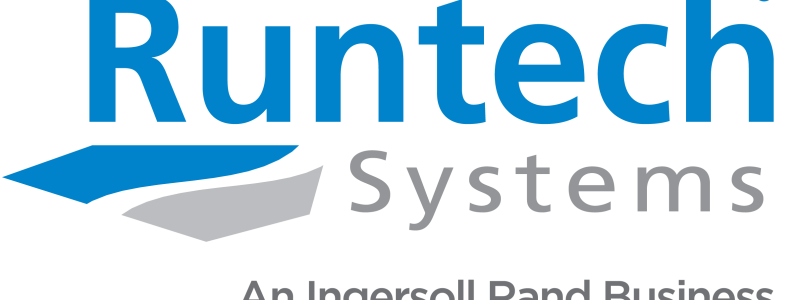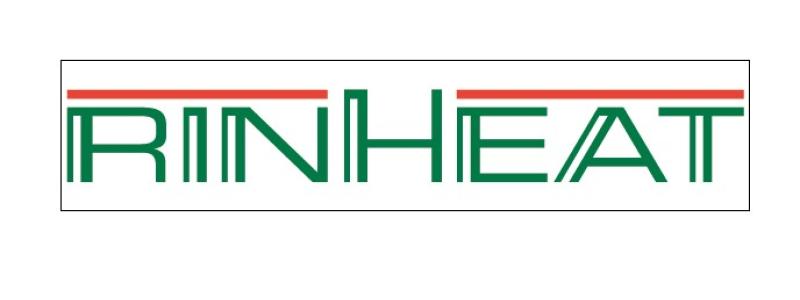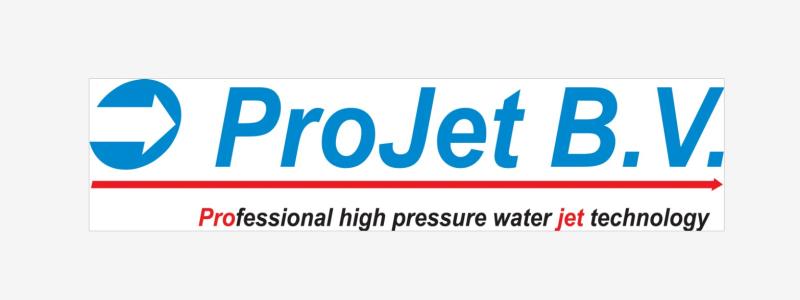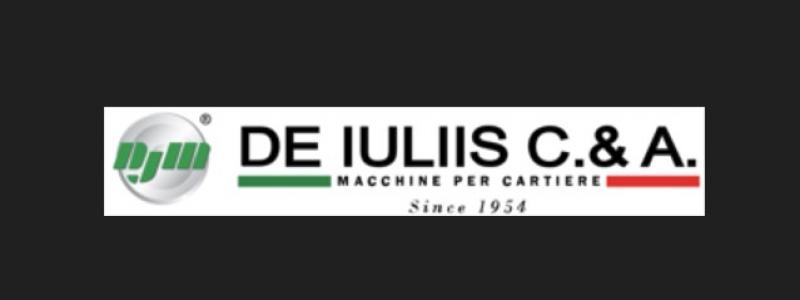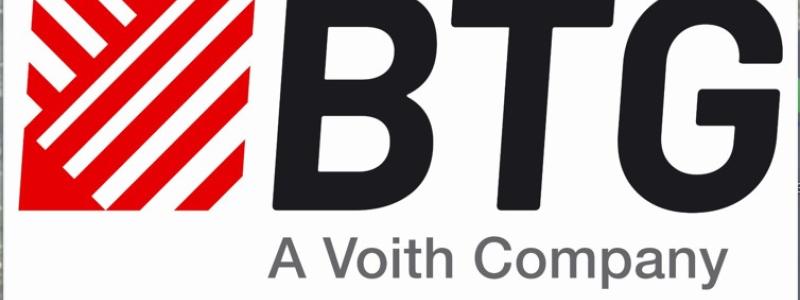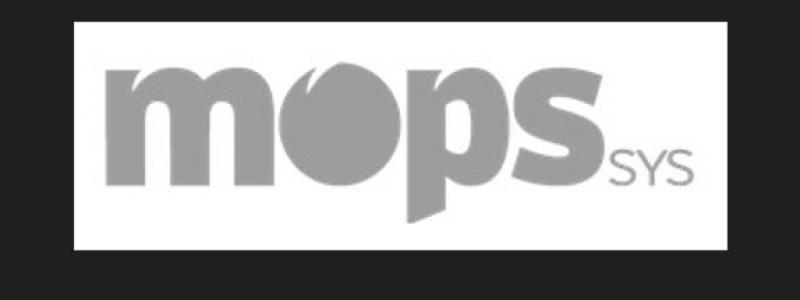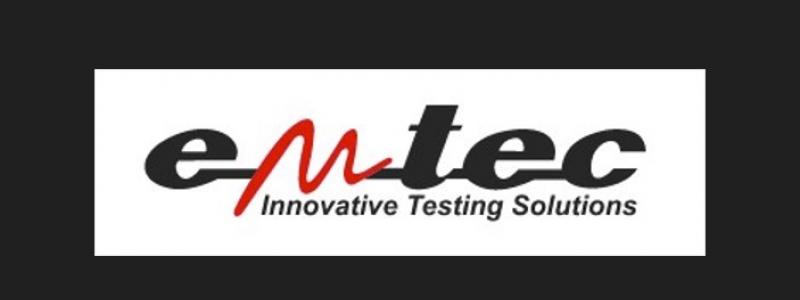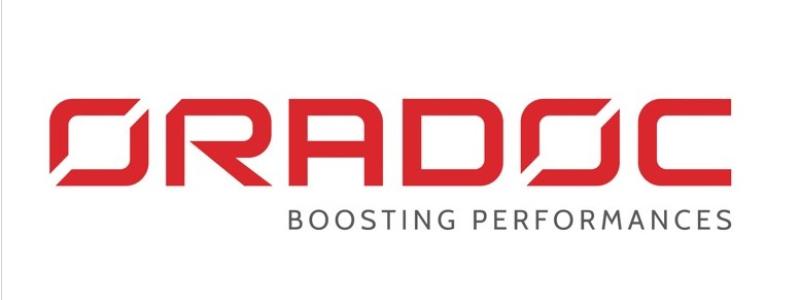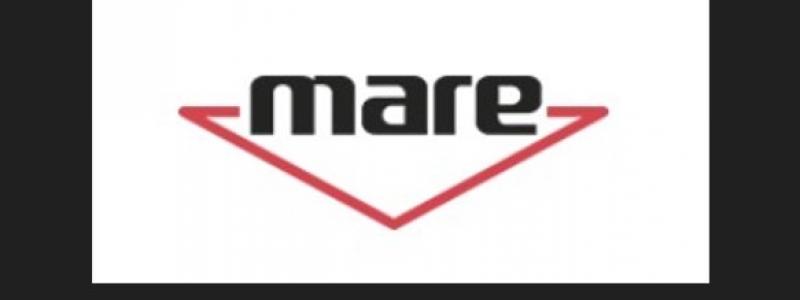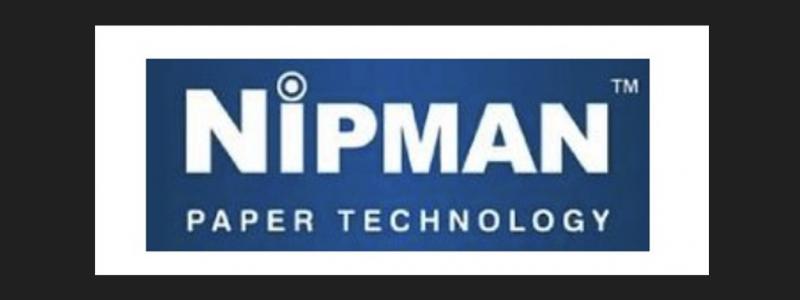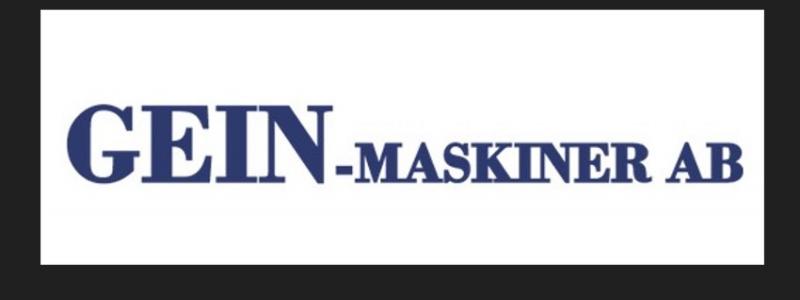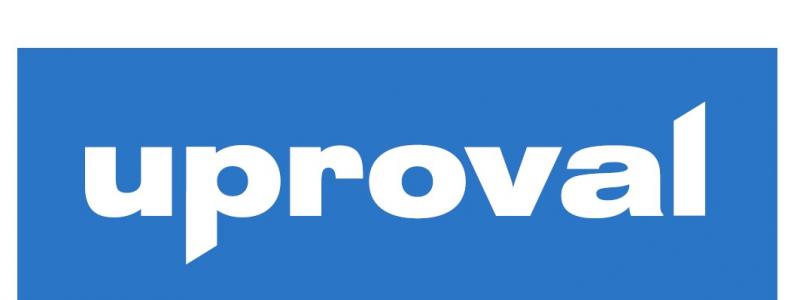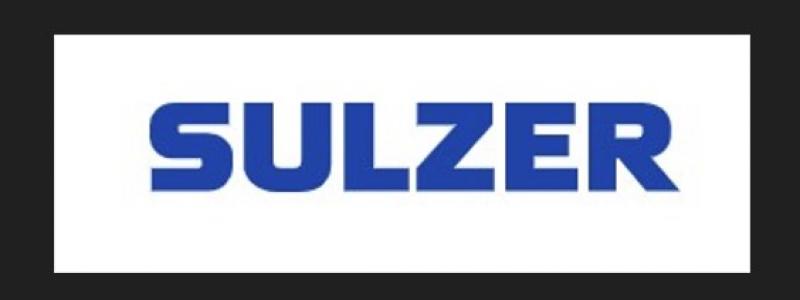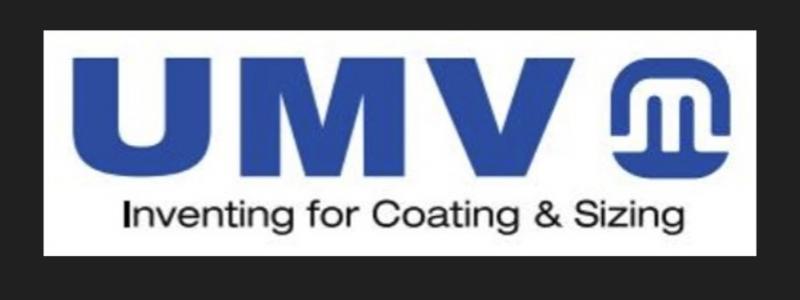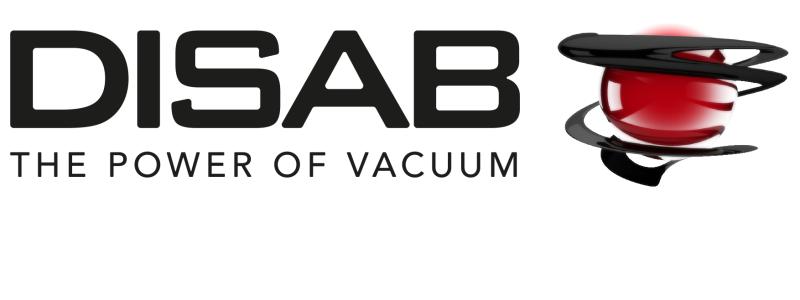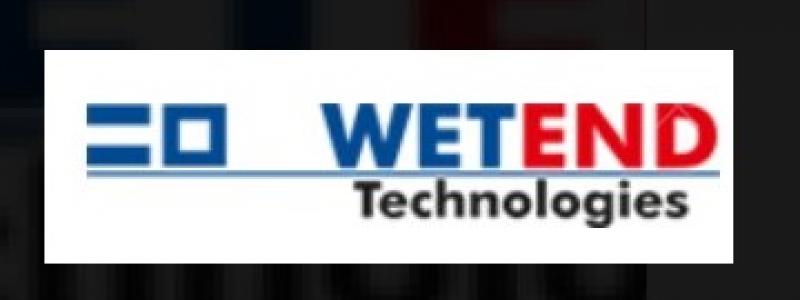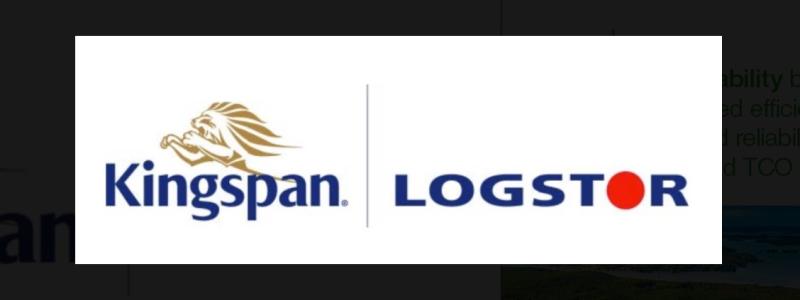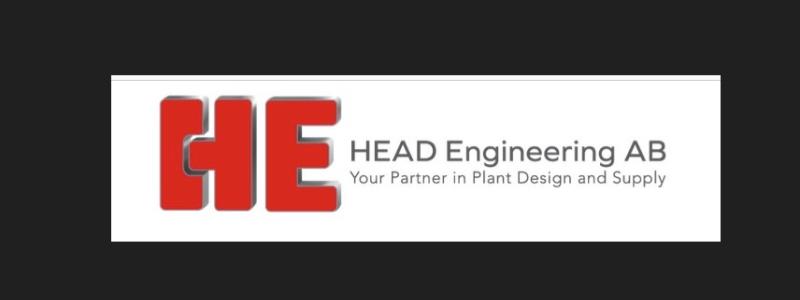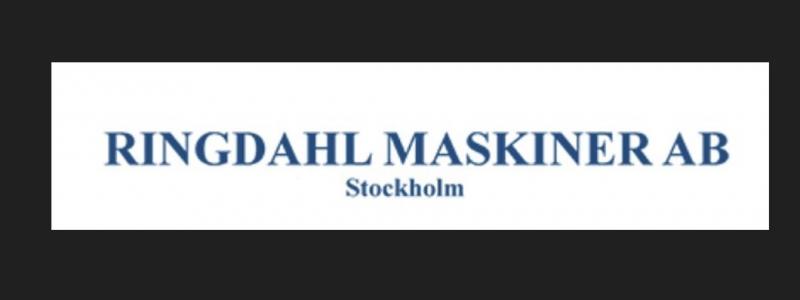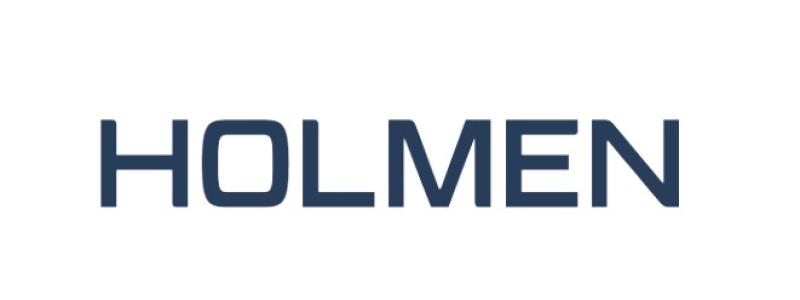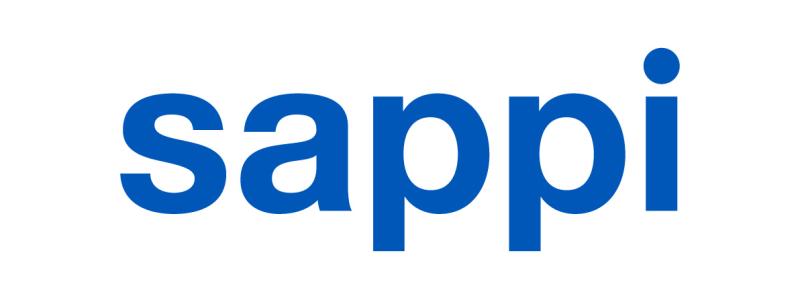The recycling rate for paper, packaging and board has grown exponentially over the last few decades. In 2013, 42 percent of all beverage cartons were recycled in the EU, whereas the recycling rate of these products was under 1 per cent in 1992. Europe now aims to increase the recycling rate of not only fibre based products , but all existing materials and products, turning “waste” to a new resource, with the adoption of “Circular Economy Package” this summer.
“Circular Economy Package” aims to establish a more sustainable, resource efficient model for economic growth. The vision is the establishment of a circular economy producing virtually no waste, with products and materials being re-used and recycled continually within a closed loop. The model also focuses on what we can do to save water, energy and natural resources.
Omits essential elements
The proposal is quite ambitious, impacting both environmental and economic policies. However, The Confederation of Paper Industries (CEPI), a Brussel based non-profit organization regrouping the European pulp and paper industry, regrets that it doesn’t reach far enough. Just a few days after the publication of the proposal, CEPI slashed the package in six points, claiming that it's too lame and omits essential elements necessary for increasing paper recycling. First of all, CEPI criticize the package for not including a ban on incineration of recyclable paper. CEPI also would like to see a stronger focus on renewability, as “circularity equals renewability”. It would mean an acknowledgement of renewable raw materials such as wood, according to CEPI.
Too much focus on recycling
The proposal has also been criticized for focusing too much on recycling. According to Joan Marc Simon, co-ordinator of the European organization Zero Waste Europe, recycling should be the last option, talking circular economy. "The core of a circular economy framework lies on reusability of materials and products”, he says, as quoted by The Guardian. The reusability of products and materials requires better design for a longer product life, as well as a new taxation system in which reusing goods is easier and cheaper than using disposable products, Joan Marc Simon believes.
More reactions
The Alliance for Beverage Cartons and the Environment (ACE) – a European platform for beverage carton manufacturers and their paperboard supplier – welcomes the ambition of The Circular Economy Package in driving further recycling, but regrets that clear roles and responsibilities of the various actors in the packaging value chain, as well as clear requirements for all packaging recovery organisations (PROs) have not been defined at European level.
Key figures
However, European incentives to increase recycling have already in the past been shown to be very successful.
According to new figures from ACE, the recycling rate of beverage cartons reached 42 percent in Europe in 2013. This represents an increase of 3 per cent compared to 2012 data. Not so impressive, maybe, but comparing to 1992, when recycling rate for beverage cartons was squarely 1 per cent, it’s a huge achievement.
It’s also worth reminding that recycling rates differ a lot in Europe. While some countries reaches figures above 60 per cent, other lag behind mainly due to an underdeveloped collection infrastructure and separate collection of consumer packaging, according to ACE.
Mineral oils
Moving towards a circle economy also means that we should make less us of fresh fibres in for example food packaging. However, recycled packaging for foodstuff has been linked to health problem. There are concerns over mineral oils in printing ink from recycled newspapers, and that these oils can get into food such as pasta and rice. Reports have tied these chemicals to health problems such as cancer.
According to Swiss researchers, the only really protective barrier against mineral oils is aluminium foil. This solution might be good for your health - less so for the environment. Aluminium production is extremely energy-intensive, so aluminium foils can’t be a viable option for food packaging barrier material. There is a lot of research activities in progress focusing on a broad range of materials used as a protective barrier of food packaging. Curiously, there seems to be little pressure on ink manufacturers to produce less harmful products. An improved de-inking process of recycled material can also be the key to find more safe recycled food packaging.
Game-changer
When recycled paper is used in the magazine industry, it used to be considered as a low quality grade. Maybe it’s time to change this preconception of recycled paper.
The well-known National Geographic Society (NGS) has recently begun incorporating recycled fiber in its magazines with its high quality photographic reproductions, demonstrating the viability of using recycled paper. NGS calls the move “a game-changer for the publishing industry”.
As quoted by NGS, Darby Hoover, NRDC senior resource specialist, says: "National Geographic's world-renowned photography is unparalleled—if they can continue to captivate their audience in print by using recycled content, anyone can”.
What is “The circular economy package?”
On July 2, 2014, the European Commission adopted the package “The circular economy package” to promote the circular economy.
The circular economy is defined as an economic model that produces virtually no waste, with raw materials being re-used and recycled continually within a closed loop.
As part of the circular economy package, the Commission also adopted a legislative proposal to review recycling and other waste-related targets in the EU. The proposal contains several legally binding targets, including:
- Increase recycling/re-use of municipal waste to 70% in 2030;
- Increase packaging waste recycling to 80% in 2030 with material-specific targets for glass, paper, metal and plastic set to gradually increase between 2020 and 2030 (set to 90 % for paper by 2025)
- Phase out landfilling by 2025 for recyclable waste and biodegradable waste by 2025.


